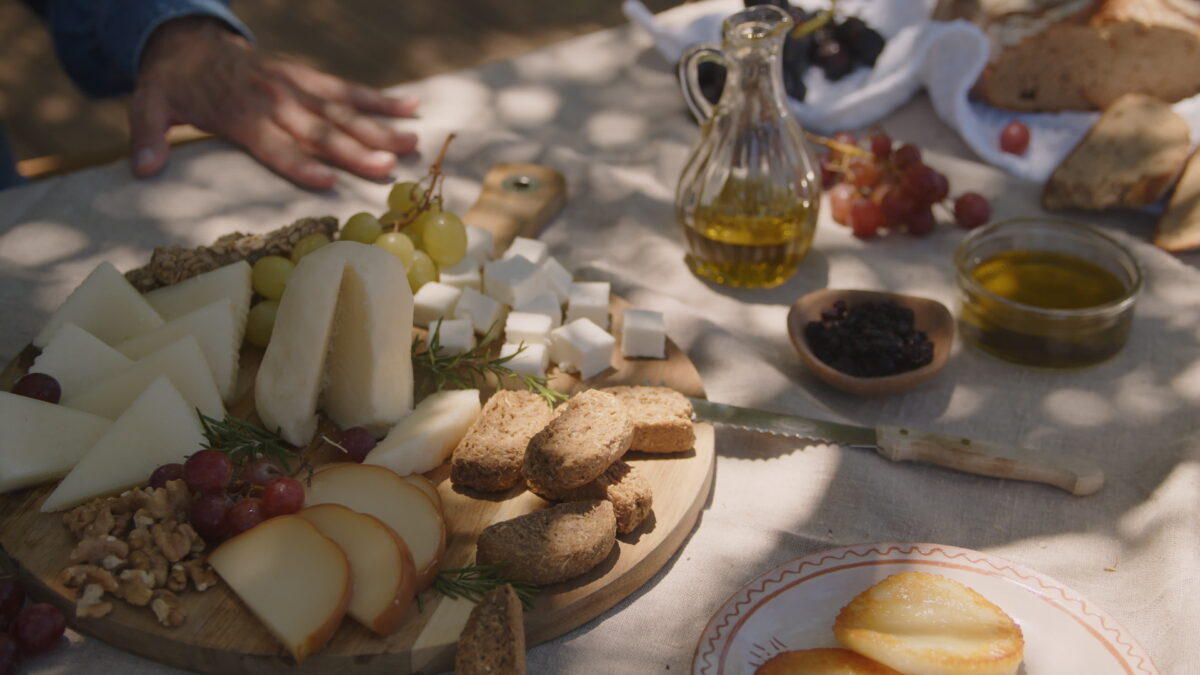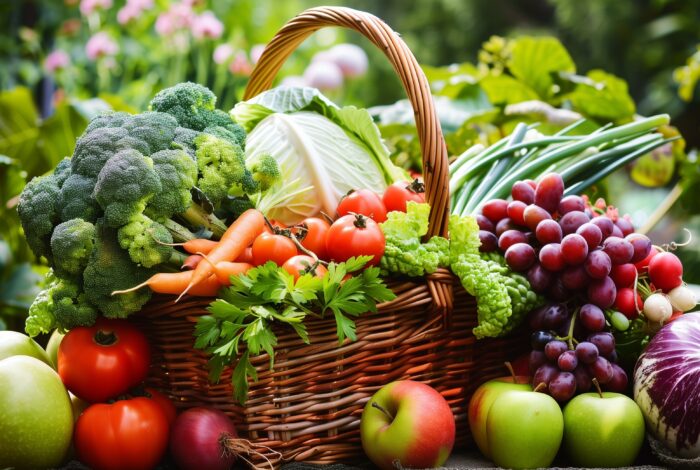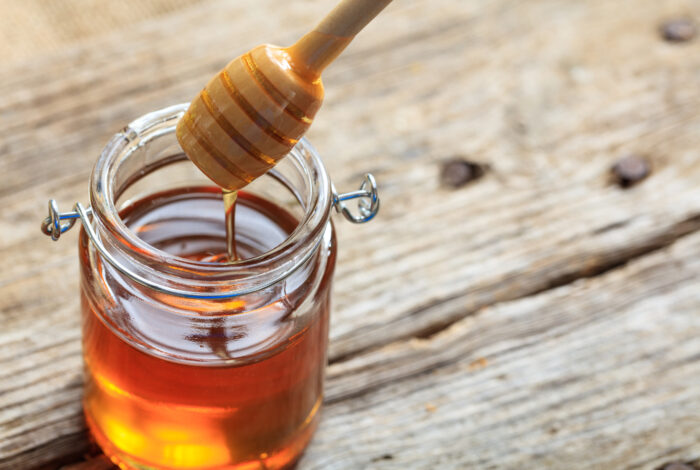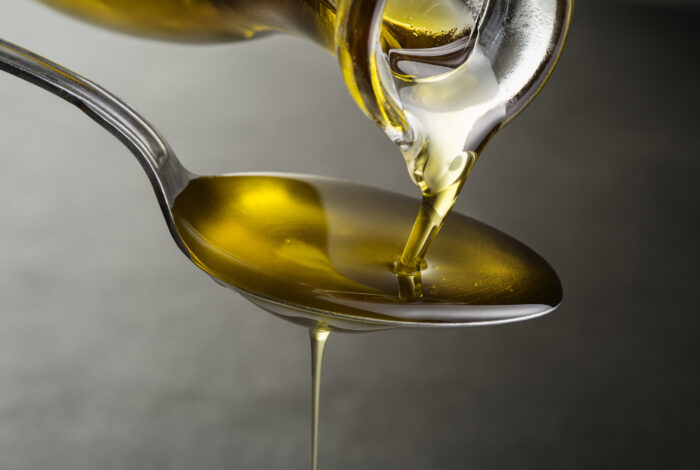Kalathaki of Limnos, Katiki of Domokos, Graviera of Naxos, Metsovone, San Michali, Xygalo of Siteia, Manouri and, naturally, the queen of all, Feta cheese; these are just a few of the PDO (Protected Designation of Origin) cheeses that Greece can take pride in and which have gradually gained recognition in markets of other countries.
In total, Greece has 24 PDO cheeses, which are still produced using traditional methods and milk originating from local animal breeds. These breeds may have low milk production, but their milk is particularly rich in chemical composition and has excellent organoleptic properties. In fact, this is what gives Greek cheeses their unique flavour and has made them an integral part of our daily diet.
Besides feta cheese, which is served throughout Greece, from north to south you can also find graviera, which is perfectly paired with white wines, such as Savatiano, Preknadi or Malagouzia from Greek vineyards, or Chardonnay and Sauvignon Blanc from international ones. On the other hand, cheeses such as Katiki and Anevato are an ideal match for more tart wines with medium body, such as Robola, while Arseniko of Naxos blends perfectly with wines such as Agiorgitiko.
Nowadays, Greek cheeses play a leading role both in delicatessens, where they stand out in displays, as well as in all premium stores. Thus, a premium wine bar will serve you a platter with Kopanisti from Mykonos, Sfella, Ladotyri of Mytilene and Manouri.
Naturally, we also have to mention kefalograviera, a hard cheese with a salty and rich flavour. Registered as a PDO product, kefalograviera is produced in cheese dairies in Epirus and Amfilochia, and it is part of almost every Greek table; at the same time, it can be very easily consumed on its own.
A special mention goes to kasseri, a big favourite in Northern Greece; recently though, due to its firmness, mild aroma and delicate texture, it has become popular in many other parts of the country.
In addition to its excellent-quality cheeses, Greece has a plethora of other dairy products to offer, which combine great flavour with nutritional value.
One of these is yoghurt: in our country, it is traditionally made from pure sheep milk and served in clay containers, with the skin forming on its surface being one of its most famous characteristics.
Naturally, we could not fail to mention Greek butters, with Corfu’s butter clearly standing out. It is perhaps the most famous butter made from cow’s milk in the country, rich in vitamins A and D, and ideal for preparing cakes, croissants and Greek cookies, but also to spread on bread and to pour on top of fresh pasta.
Lately, the popularity of Greek dairy products has also made them more accessible to consumers. Nowadays, you see successful chefs and restaurants using them more and more in their dishes, and you can also find them in many supermarkets and delicatessens, so you can enjoy them at home and experiment with them in cooking.










